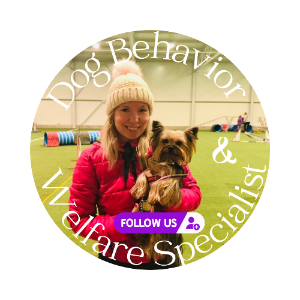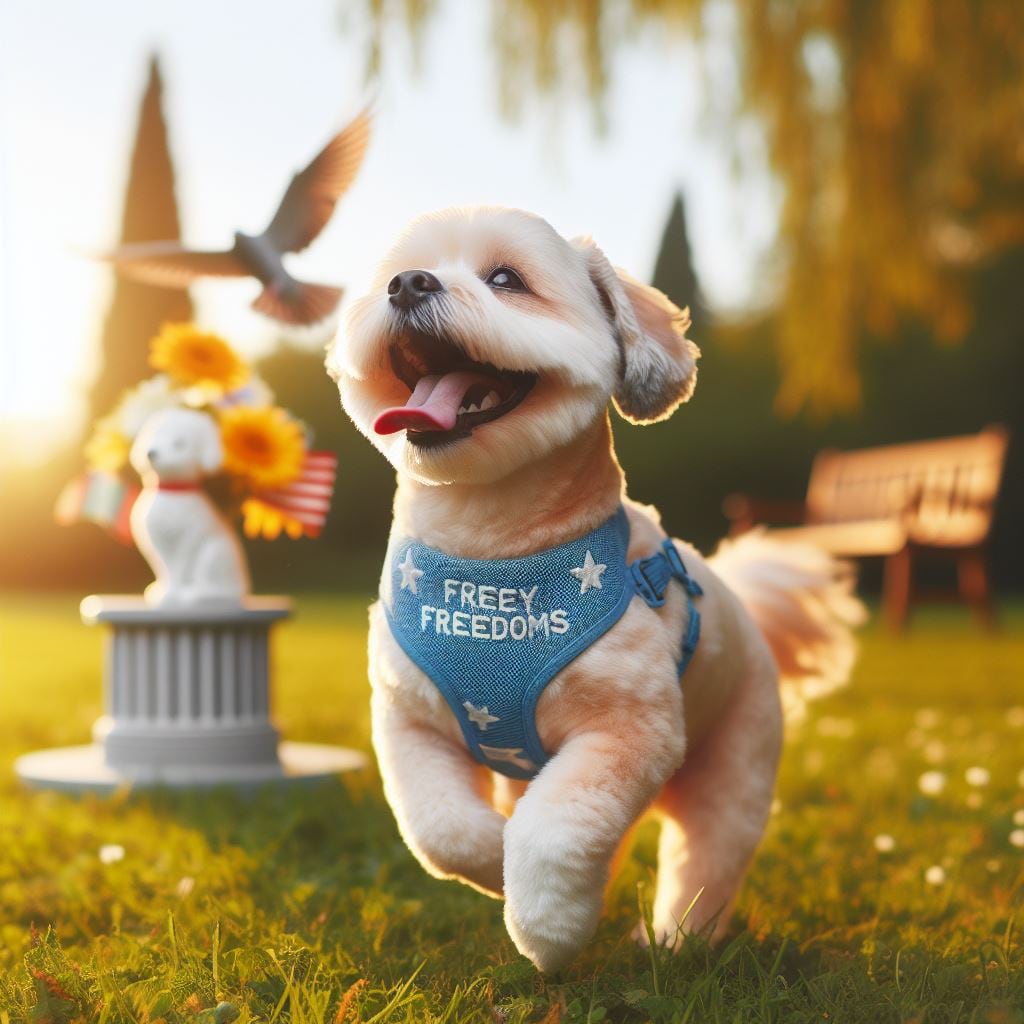As a dog owner, you love your canine companion and want them to enjoy their life. But how can you tell if your dog is truly happy and healthy? One way to measure your dog’s well-being is to use the 5 Freedoms framework, which is a set of internationally recognized principles of animal care that guarantee every living being’s right to humane treatment.

The 5 Freedoms were created by Britain’s Farm Animal Welfare Council in 1965 and adapted by the Association of Shelter Veterinarians for pets in shelters. They are:
- Freedom from hunger and thirst: by having fresh water and nutritious food available at all times.
- Freedom from discomfort: by having a cozy and safe place to rest and relax.
- Freedom from pain, injury, or disease: by having preventive care and prompt treatment when needed.
- Freedom to express normal behavior: by having enough space, proper equipment, and social interaction with other dogs.
- Freedom from fear and distress: by having a calm and positive environment and handling.
These 5 Freedoms help us meet the mental and physical needs of our dogs and give them a fulfilling experience. In this blog post, we will explore each freedom in more depth and give you some practical tips on how to apply them to your dog’s daily life.
Freedom From Hunger And Thirst
This freedom means that your dog should never be thirsty or hungry and should have a diet that matches their age, breed, and health status.
For example, puppies, adult dogs, pregnant dogs, and senior dogs all require different kinds of food and feeding schedules. You should also avoid giving your dog human food that can be toxic to them, such as chocolate, grapes, onions, garlic, and xylitol.
Some signs that your dog is not getting enough food or water are:
- Weight loss or gain
- Dull coat or skin issues
- Fatigue or weakness
- Dehydration or excessive thirst
- Dental problems or bad breath
If you notice any of these signs, you should consult your veterinarian and adjust your dog’s food and water intake accordingly.
Freedom From Discomfort

This freedom means that your dog should have a comfortable and secure place to live that protects them from harsh weather, noise, and other stressors.
You should provide your dog with soft bedding and an area with suitable temperature, noise levels, and natural light. If your dog is outside, they should have shelter from the elements as well as food and water bowls that will not freeze or tip over.
Some signs that your dog is uncomfortable are:
- Shivering or panting
- Scratching or licking
- Hiding or trembling
- Whining or barking
- Aggression or anxiety
If you notice any of these signs, you should check your dog’s living conditions and make sure they have everything they need to feel comfortable and safe.
Freedom From Pain, Injury, or Disease

This freedom means that your dog should be free from any physical harm or illness that can cause them pain or suffering.
You should vaccinate your dog, monitor their health, treat any injuries, and provide appropriate medications. You should also spay or neuter your dog to prevent unwanted pregnancies. You should also groom your dog regularly to keep their coat and nails healthy and prevent parasites and infections.
Some signs that your dog is in pain, injured, or sick are:
- Changes in appetite or drinking
- Changes in behavior or mood
- Changes in activity or mobility
- Changes in urination or defecation
- Changes in appearance or posture
If you notice any of these signs, you should take your dog to the veterinarian and follow their instructions on how to treat your dog’s condition.
Freedom to Express Normal Behavior

This freedom means that your dog should be able to behave naturally and express their personality and preferences.
You should provide your dog with enough space, proper equipment, and social interaction with other dogs. You should also respect your dog’s individual needs and preferences and avoid forcing them to do things they don’t like or are afraid of.
Some signs that your dog is not able to express normal behavior are:
- Boredom or frustration
- Stereotypic or compulsive behaviors
- Isolation or depression
- Aggression or fear
- Anxiety or stress
If you notice any of these signs, you should enrich your dog’s environment and provide them with more opportunities to play, explore, and socialize.
Freedom From Fear and Distress

This freedom means that your dog should be free from any mental harm or suffering that can affect their emotional state.
You should provide your dog with a calm and positive environment and handling that avoids causing them fear, anxiety, or stress. You should also train your dog using positive reinforcement methods that reward good behavior and avoid punishment or coercion.
Some signs that your dog is fearful or distressed are:
- Panting or drooling
- Yawning or licking
- Avoiding eye contact or turning away
- Cowering or hiding
- Growling or snapping
Conclusion
If you notice any of these signs, you should identify the source of your dog’s fear or distress and help them cope with it using desensitization and counterconditioning techniques.
I hope you enjoyed this blog post and learned something new about the 5 Freedoms for dogs. By applying these principles to your dog’s care, you can ensure that your dog is happy and healthy and that you have a strong and lasting bond with them.
Unlock the secrets to optimal dog nutrition now! Enroll in our exclusive online courses and provide your beloved canine companion with a happy, healthy, and long life.




